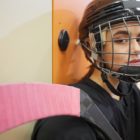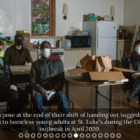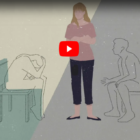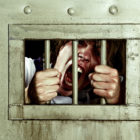
Opinion: Youth and Family Engagement Crucial in Local Youth Decarceration Efforts
|
A growing number of local jurisdictions are engaging in juvenile justice reform efforts to reduce the number of youth in the justice system overall and particularly in out-of-home placements. In the era of COVID, with over 3,300 youth in juvenile justice facilities testing positive as of early January, these efforts are particularly urgent.
Addressing structural racism in the juvenile justice system and collaborating more closely with youth, their families and caregivers are two of the most important and challenging aspects of decarceration efforts and other types of juvenile justice reform. Both elements are pillars of the Annie E. Casey Foundation’s (the Foundation) local deep-end reform work, which involves collaborating with local jurisdictions to reduce the use of out-of-home placement, particularly for youth of color.
The Urban Institute and Mathematica collaborated on a developmental evaluation of the Foundation’s deep-end work that documented the creative ways 12 participating sites are engaging in policy and practice reform to advance race equity and increase youth and family engagement. Other communities seeking to achieve similar goals can benefit from the lessons learned from deep-end work. Racial and ethnic equity and inclusion
Systemic racism is pervasive in the juvenile justice system.








